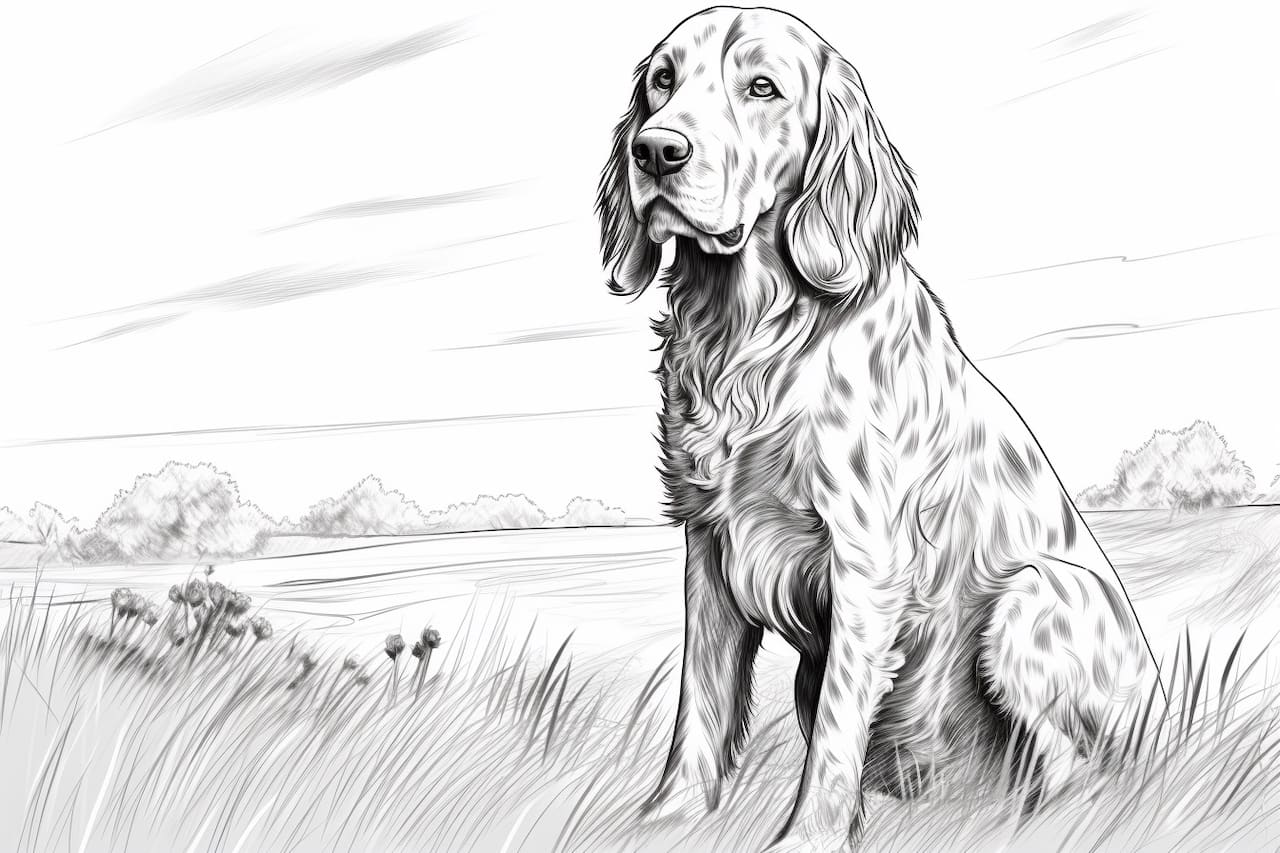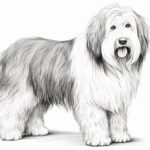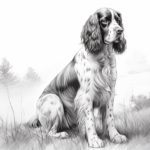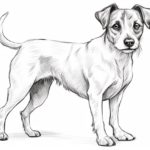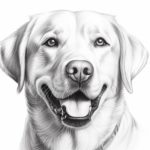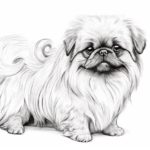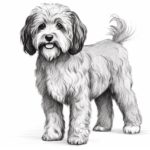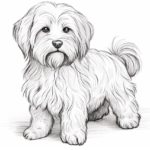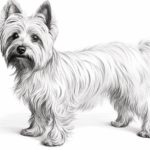If you’re an art enthusiast and love dogs, learning how to draw an English Setter can be a fun and rewarding experience. English Setters are known for their elegant and athletic appearance, making them an excellent subject for a drawing. In this step-by-step guide, I will walk you through the process of drawing an English Setter, from the initial sketch to the final details. So grab your pencil, paper, and let’s get started!
Materials Required
Before we begin, gather the following materials:
- Drawing paper or sketchbook
- Pencils of different grades (2B, 4B, and 6B recommended)
- Eraser
- Pencil sharpener
- Blending stump or tortillon (optional)
- Reference photo of an English Setter
Now that you have all your materials ready, let’s dive into drawing an English Setter.
Step 1: Observe and Sketch the Basic Shapes
Start by observing the reference photo and identifying the basic shapes that form the English Setter’s body. Begin with a simple circle for the head and add a rectangular shape for the body. Mark a vertical line to indicate the center of the face and a horizontal line to place the eyes.
Step 2: Add Facial Features
Sketch the English Setter’s facial features using the guidelines you’ve drawn in the previous step. Start by placing the eyes along the horizontal line, then draw the nose and mouth below the eyes. Pay attention to the proportions and placement of these features to capture the breed’s specific characteristics.
Step 3: Outline the Ears and Neck
Next, outline the ears and neck of the English Setter. These features are distinctive and play a significant role in capturing the breed’s elegance. Take your time to ensure the shapes are accurate and proportionate.
Step 4: Draw the Body and Tail
Extend the rectangular shape you drew earlier to form the English Setter’s body. Remember to keep a slight curve in the lower part of the body to capture the breed’s athletic appearance. Also, add the tail, which is typically long and feathery.
Step 5: Sketch the Legs and Paws
Now, focus on drawing the legs and paws of the English Setter. Start by outlining the front legs, paying attention to the angles and proportions. Then, move on to the hind legs and the paws. Keep in mind that the breed’s paws are slightly larger than average and have distinctive webbing between the toes.
Step 6: Refine the Outline and Add Details
With the basic shapes in place, it’s time to refine the outline and add details to your English Setter drawing. Use a darker pencil grade to outline the main features, such as the eyes, nose, and mouth. Pay attention to the nuances of the breed’s fur, capturing the feathered appearance and texture.
Step 7: Shade and Add Depth
Now, let’s add shading to give your drawing depth and dimension. Study the reference photo and observe where the light source is coming from. Use a lighter pencil grade (2B or 4B) to add light shading to the areas that are illuminated and a darker pencil grade (4B or 6B) for the shadows.
Step 8: Blend the Shading
Blend the shading using a blending stump or tortillon for a smoother and more realistic look. This step is optional but can enhance the overall appearance of your drawing. Gently mix the shaded areas, maintaining the highlights and shadows.
Step 9: Finalize the Details
In this step, focus on refining the details of your English Setter drawing. Pay attention to the eyes, adding the pupils and capturing the expression. Add texture to the fur by using short, soft pencil strokes. Take your time and patience; this is where your drawing will come alive.
Conclusion
Congratulations! You have successfully learned how to draw an English Setter. Following these step-by-step instructions and practicing, you can create beautiful and realistic drawings of this elegant breed. Remember to observe and study reference photos to capture the unique characteristics of each English Setter. So grab your art supplies, unleash your creativity, and enjoy the process of bringing these majestic dogs to life on paper.

